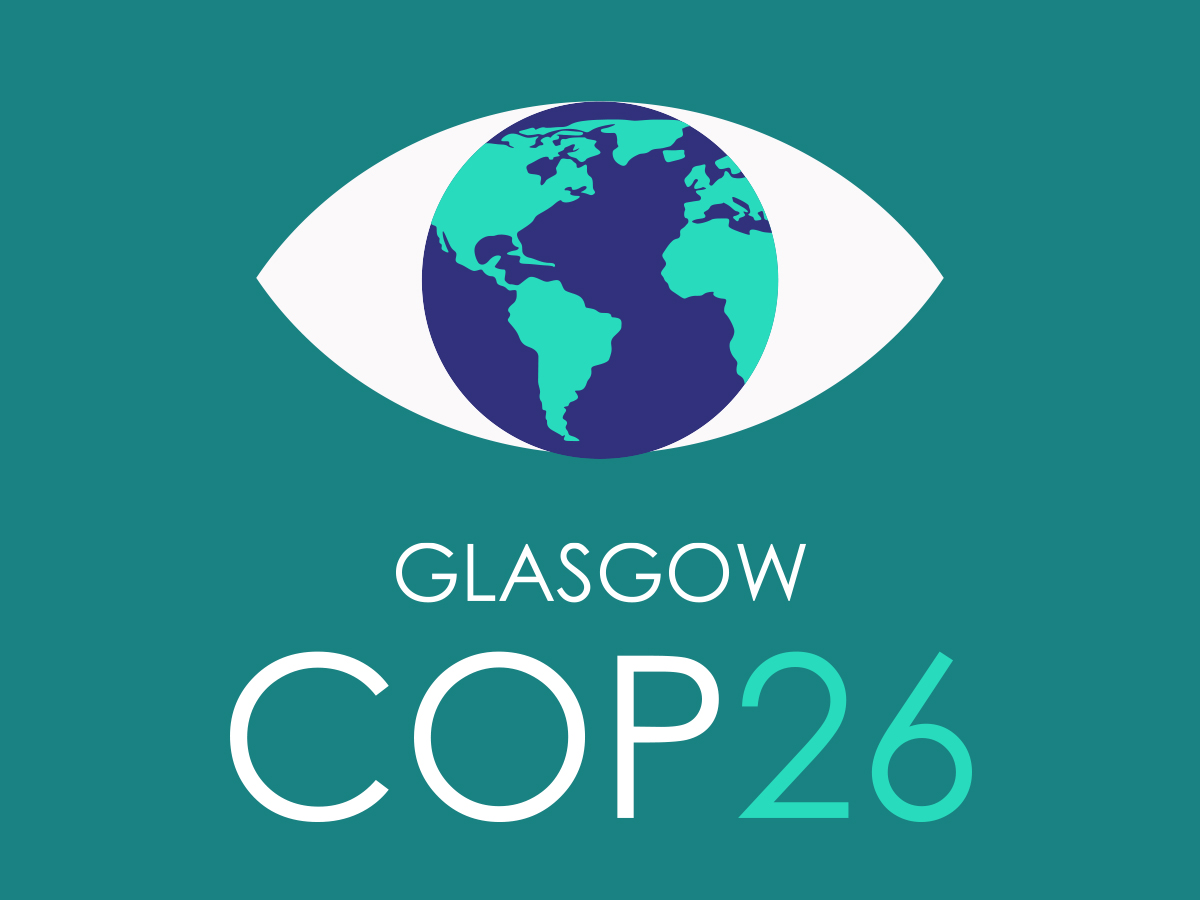In spite of the few moments, when it seemed that it won’t happen, the end of the COP26 conference saw the birth of the Glasgow Climate Pact.
It wasn’t an easy process and the result is nowhere near perfect.
In fact, it’s more like the peasant’s clever daughter in the German fairy tale (collected as Nr. 94. in Grimm’s Fairy Tales), who went to the king neither naked, nor clothed, neither walking nor riding, neither on the road nor off it, to save her father.
The Glasgow Climate Pact isn’t good, but isn’t that bad, either.
It means a positive progress in many topics and covers a lot (like the fisher’s net in the above-named tale worn as a dress by the wise girl), yet there are many holes and problem spots and even more questions to be answered, like how long the cooperative mood of China will last, among others or how the next US president (who might or might not be a Democrat again) will change the current, relatively active stance of the country. Especially in light of US domestic politics, for example by the fact that many climate related policies, and Biden’s big Build Back Better infrastructure deal, that could help to found green projects; are stalled in Congress.
A few key takeaways can be summarized, nevertheless.
Nr. 1. The 1.5C is still standing.
Many claim, that it’s too late and too little, but the very fact that the countries could commit to keep this limit alive is a win, even if, as Conference President Alok Sharma said, “it is a fragile win”, the pulse of the limit “is weak” and it “will only survive if we keep our promises”.
While many agreed that “rapid, deep and sustained reductions” are needed, including the radical reducing of global carbon dioxide emissions to net-zero around mid-century, the enforceability of any such commitment is questionable. Also, it is yet to be seen, how high-emission states will take the necessary steps, or how enthusiastic the others will be to help to finance these steps. Especially, since no “funds” are attached, neither to future expenditures, nor to the mitigation of the effects of past emissions; as wealthy countries did not commit to fulfilling their long-overdue promise.
Nr. 2. Beyond gas we go … at some point in the future.
Obviously not tomorrow, but as a very promising development, many countries, even some really big producers and/or consumers agreed to stop financing new projects.
“Phasing down” coal power or “phasing out” subsidies is definitely not an immediate stop, but it would be naivety to think that it is feasible to quit like that and whoever who thought that a conference is the way to stop climate change has clearly never seen one before.
And the very fact that “fossil fuels” and “coal” made it into the agreement, should be considered a win, as, just like John Kerry draw attention to this, they were left out from the Paris Agreement.
Nr. 3. Compromise was reached on many issues
Besides the main goal, there were a great deal of additional topics to be covered, and on several of those, deals got brokered, including agreements to cut methane emissions by 30%, or about fighting deforestation.
Some long overdue parts of the “Paris rulebook” got also finalized, and it can also considered as a big win, like the rules on how to communicate nationally determined contributions (NDCs) in every five years, rules on transparency and on the functioning of international carbon markets (a.k.a. Article 6.)
Even if it falls short of establishing a universal “tax”, another great achievement is an agreement about starting to set up a voluntary global carbon credit that can be swapped and traded around the world.
Nr. 4. It was not just the governments
But the civil sector, too.
Economic actors from various sectors promised a wide range of measures and initiatives to make their ways greener. Car makers made new commitments around electric vehicles, while banks and the financial sector promised a small fortune (in fact more than $100 trillion) to finance the green transition.
And, even better, the COP26 conference gave the impression, that many governments started to treat climate change as a complex issue (just like it is) and many countries were represented by different ministers, not just officials responsible for the environment.
All in all, the COP26 is just like the above-mentioned German fairy tale. The girl proved that she was clever, so the king married him. Should have lived happily ever after.
But she had to make a promise, not to interfere with the king’s decisions, risking to lose everything would she break it. Then, along came a mare, a foal and an ox …
In the next 12 months, as the governments come up (or not) with new plans on how to meet the COP26 commitments, we’ll see, how resilient those promises are.
